Sanctuary cities are feeling the strain on their resources, and migrant homelessness is on the rise, as residents are unable to afford their rents, amid concerns that this could lead to an unprecedented crisis in Chicago and Denver. Here’s the full story.
Pro-Migrant Cities
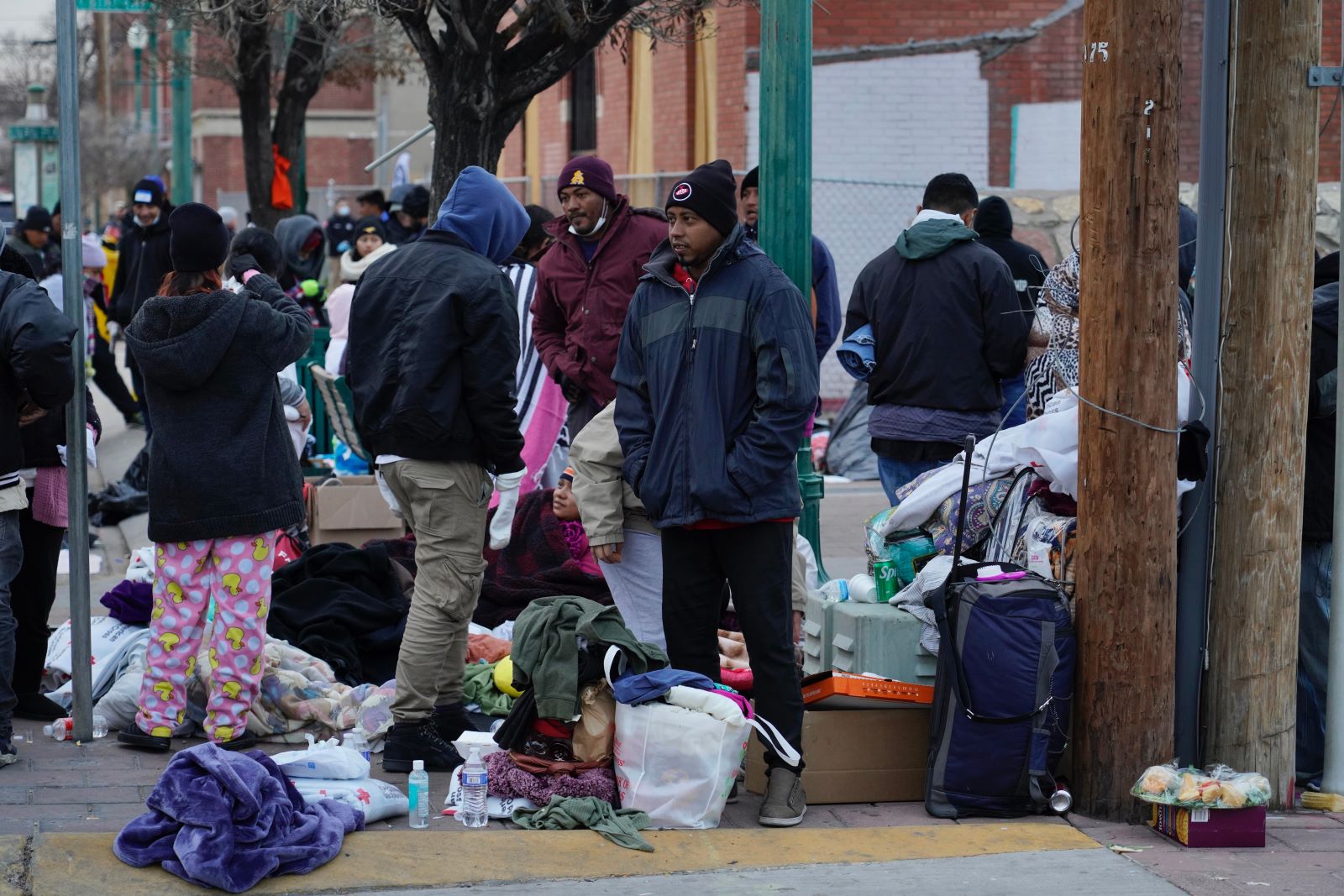
Denver and Chicago are both cities known for their pro-migrant stance.
Increased Populations and Strains on Cities
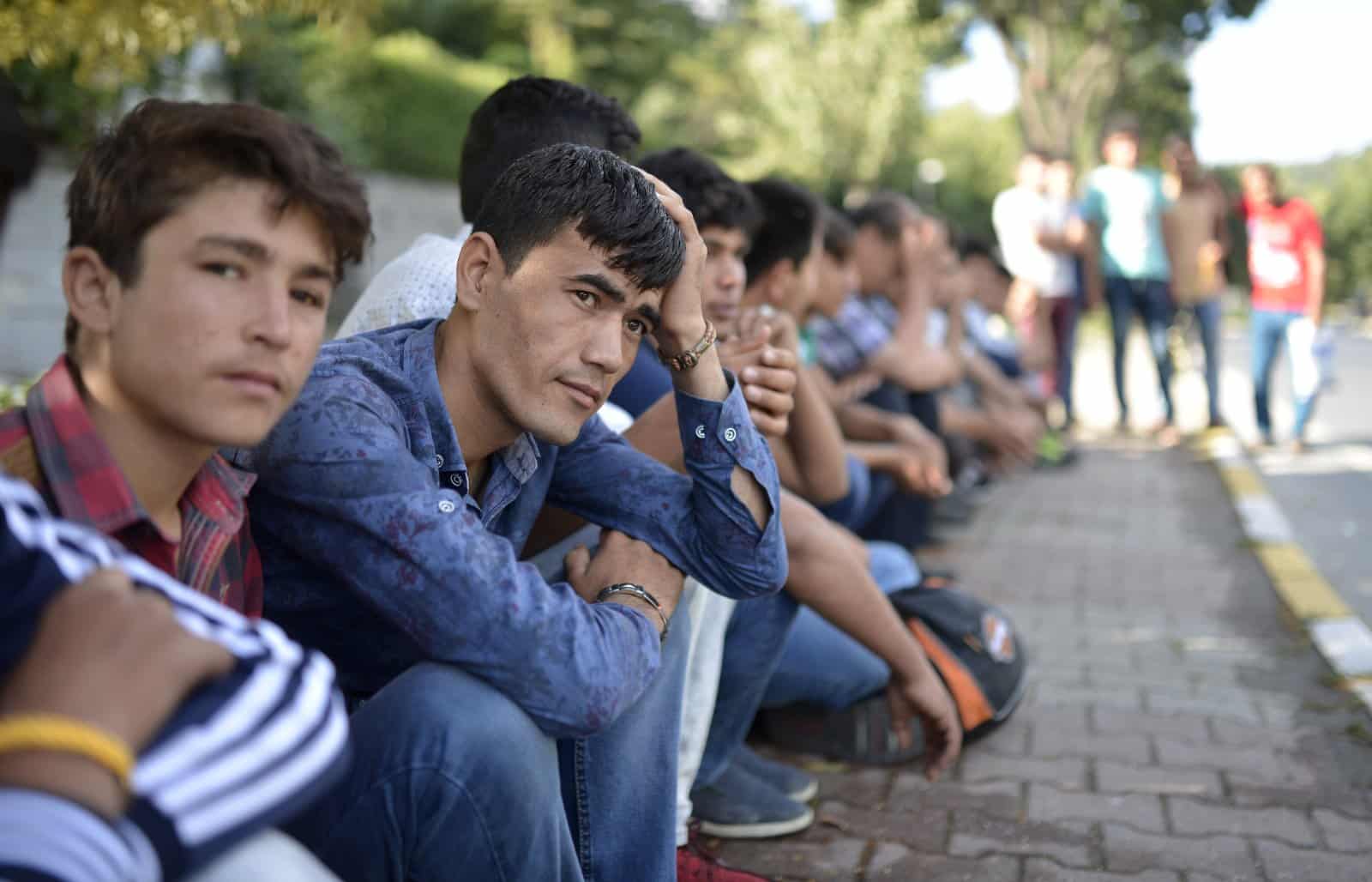
During the current migrant crisis, both cities have taken in around 40,000 migrants each – but now it seems as though the cities are under-equipped to deal with such a huge increase in populations.
Housing Struggles

Many newcomers to the cities are finding it tough to make ends meet, especially when it comes to paying rent.
Government Programs
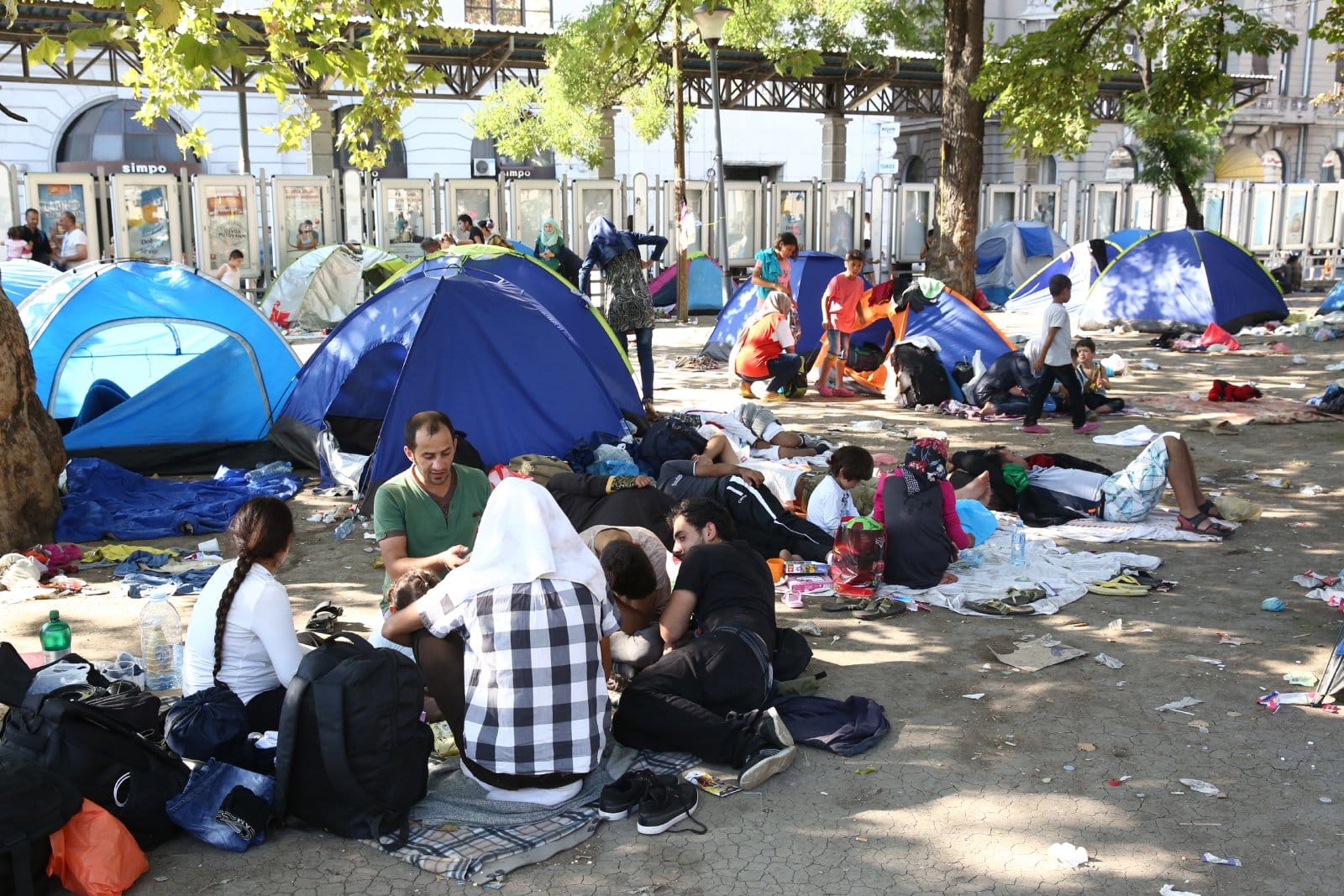
Despite various government and city-wide programs set up to keep people off the streets, both cities are currently battling a wave of migrant homelessness.
Denver’s Migrant Influx
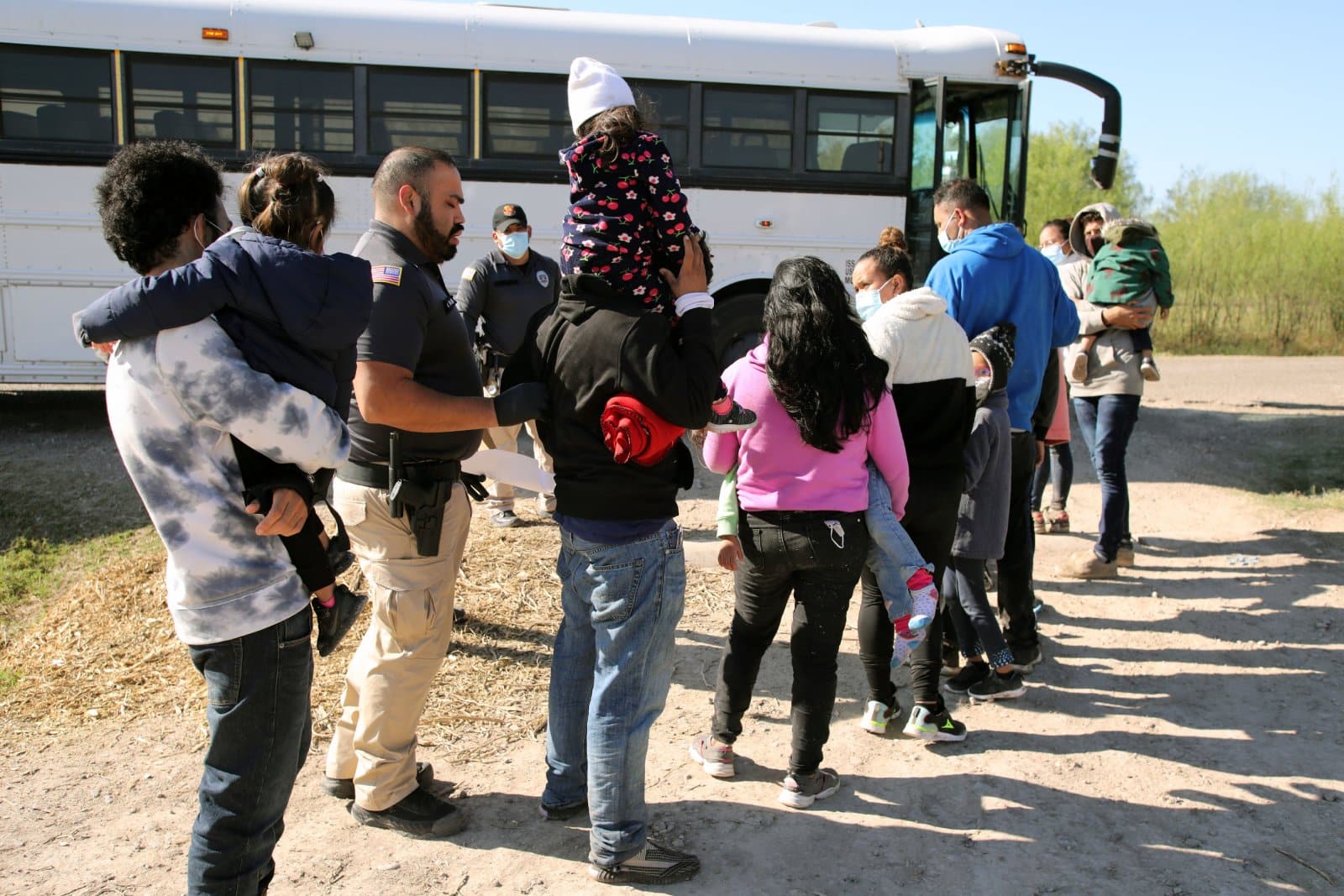
Out of the whole nation, Denver has had the largest increase in migrant populations and has spent nearly $68 million to help newcomers settle in. In just over a year, nearly 41,000 migrants have arrived in Denver, and as of now, 831 are living in shelters.
Budget Deficits

In February, Denver mayor Mike Johnston warned, “Our city workers have done heroic work helping newcomers land on their feet and start to build a life in Denver, but we are out of shelter space. We are out of staff. And we are facing a budget deficit of up to $180 million to cover sheltering costs.” In early March, Johnston announced that by the end of the month, the city would close four of its homeless shelters that had been housing migrants.
Shelter Closure Consequences
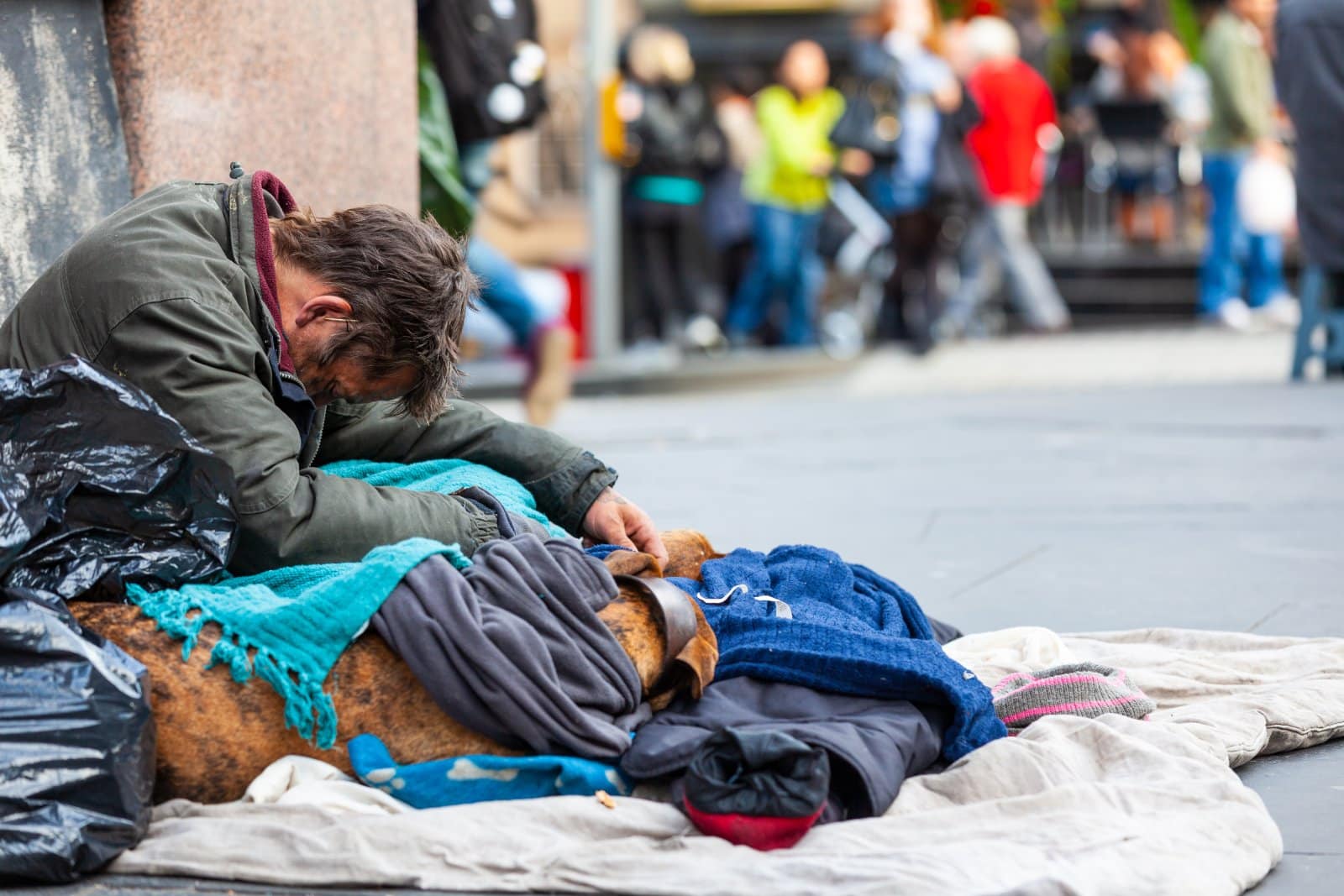
Now, it seems as though that has backfired, as the city is seeing a rise in encampments of homeless immigrants who have no choice other than to sleep on the streets. Just recently, the city closed down a 60-person-strong encampment.
Illinois’ Plan
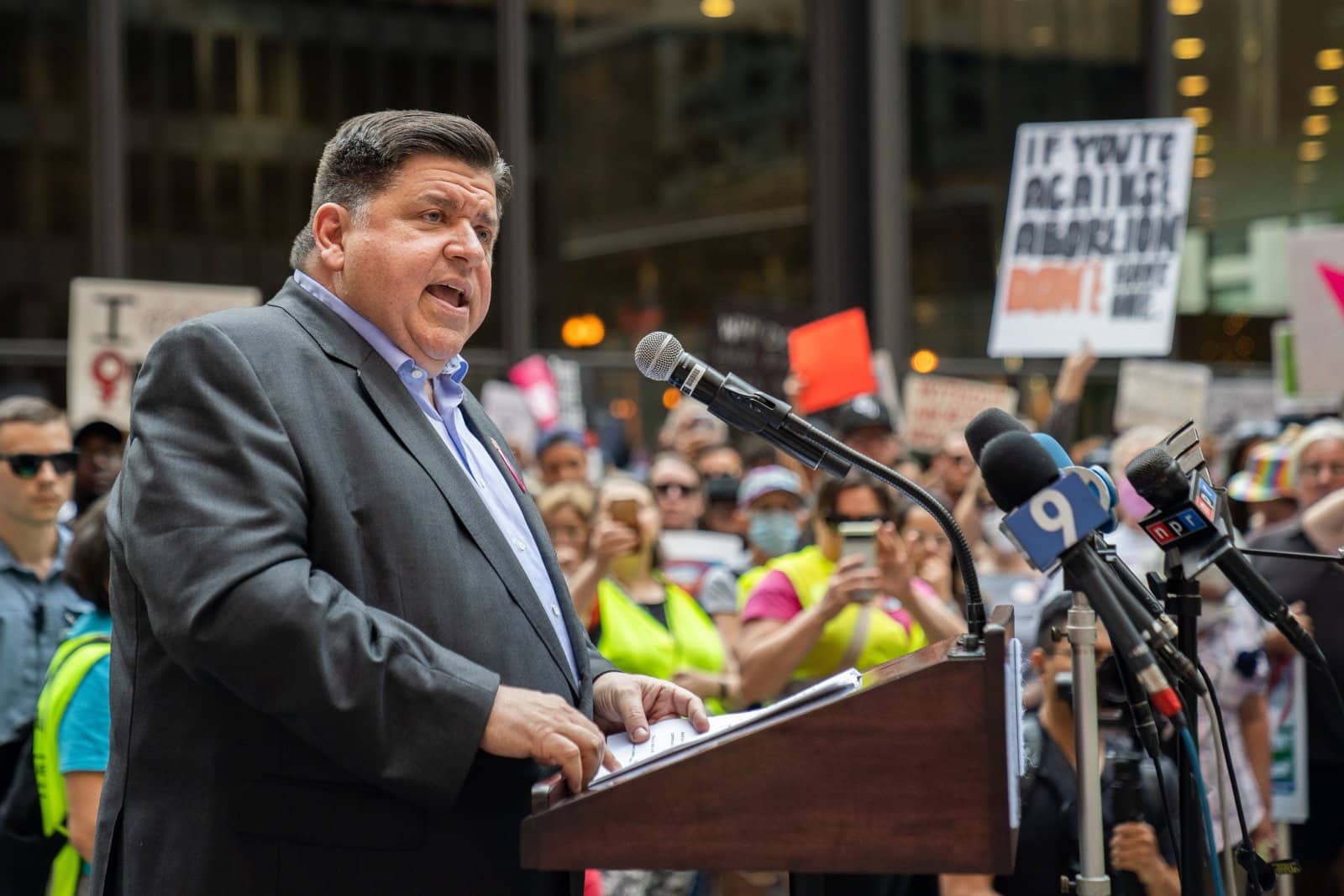
Things are somewhat similar over in Illinois. In November 2023, Governor J.B. Pritzker put forward a plan to spend $160 million on improving conditions for asylum seekers. This plan included building a “landing zone” center in Chicago to help manage and support newcomers, with the goal of reducing the need for shelters by about 10%.
Chicago’s Spending

There’s also money set aside – $65 million for temporary housing for up to 2,000 people at any given time for six months, and another $65 million to help migrants start living on their own while they wait for their asylum hearings and sort out their legal status.
Public Concerns

Chicago’s migrant spending has almost reached $300 million, a figure that’s prompted outcry from many.
Chicago’s Comprehensive Approach
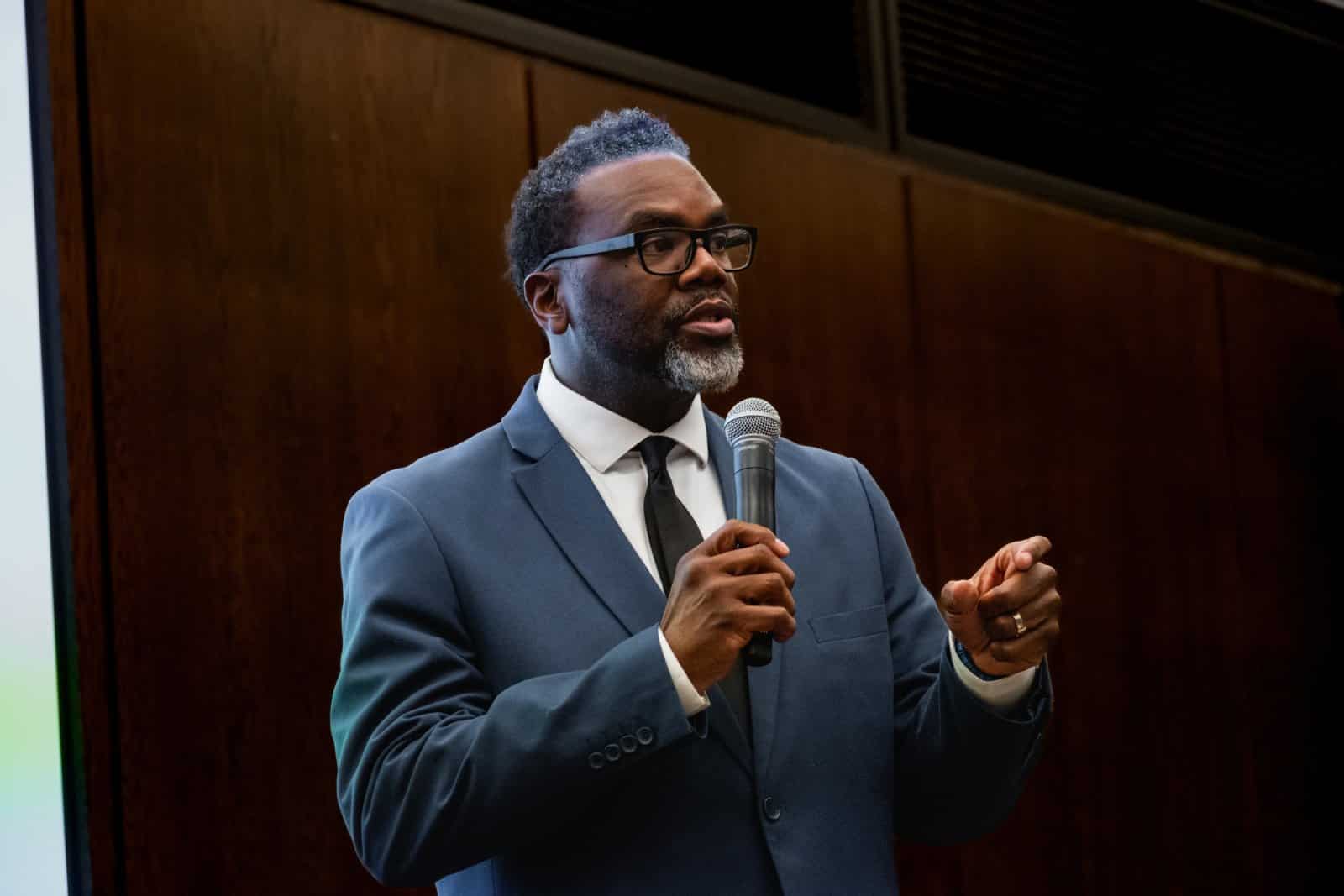
Chicago’s Mayor Brandon Johnson explained, “There are three anchors to this new phase in our plan: creating pathways to resettlement, community integration, and reunification, creating jobs for Chicagoans in staffing the New Arrivals Mission, and building public infrastructure for the public good.”
Eviction Policies

Despite these initiatives, Chicago residents are worried about an impending increase in homeless migrants, as the city has begun evicting migrants from homeless shelters after 60 days.
Administrative Delays

Johnson claims that this is in an effort to push migrants to find permanent housing and to free up shelter space, but there have been complaints about delays in getting work permits and processing asylum applications, which have impacted people’s abilities to find housing.
Challenges for Migrants in Chicago

People evicted without housing lined up are able to return to the landing zone center and reapply for shelter accommodation, but if they’re rejected, then their options are limited.
Rental Assistance

Although there is money set aside for Chicago’s migrants, experts are worried that if the administrative delays persist and the rental assistance expires, many migrants will find themselves in a bind, unable to go anywhere but the streets.
Struggles With Renting

Migrants in Denver have openly talked about how hard it is to afford rent for permanent housing.
Work Authorization Challenges

Venezuelan migrants who arrived before July 31 and have Temporary Protected Status particularly struggle, as the process to legally work can drag on for months and doesn’t guarantee them permanent residency or citizenship.
Denver Asylum Seekers Program

Denver has just announced a significant expansion of its efforts with the introduction of the Denver Asylum Seekers Program, which aims to help around 1,000 new migrants who are living in Denver’s shelters.
These people are all potential asylum seekers and must wait at least 180 days after applying for asylum before they can be granted work authorization.
Denver’s Cost-Cutting Initiative

It’s part of a cost-cutting initiative by Major Johnston, who estimated it could save the city around $45.9 million without budget cuts or layoffs.
Potential Impact
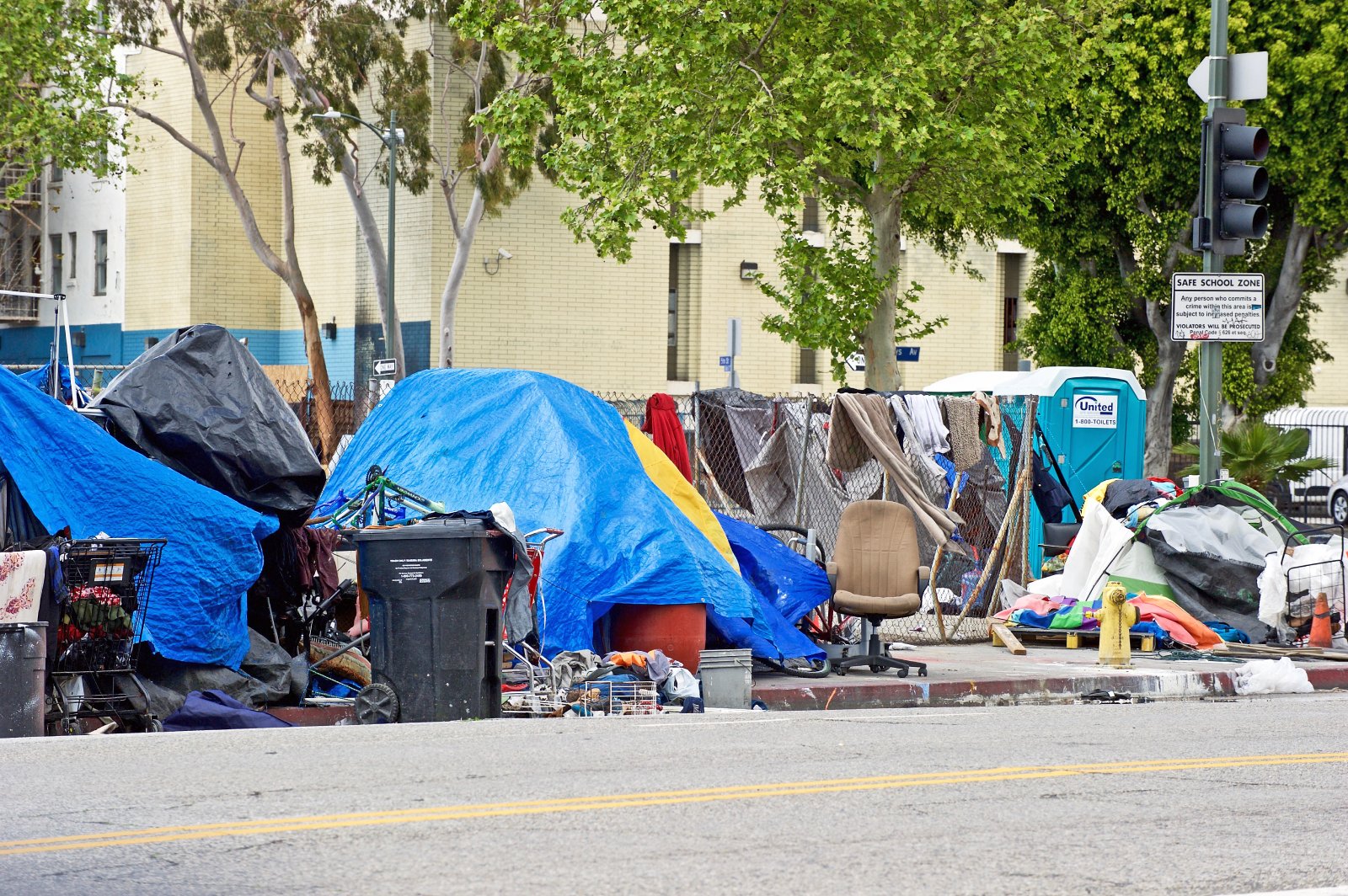
Whether these initiatives will stop the levels of migrant homelessness increasing remains to be seen.
Pathways to Resettlement

However, experts are hopeful that they can help people get back on their feet without any risks to the city.
The post Migrant Homelessness on the Rise in Sanctuary Cities as Shelters Close first appeared on Wealthy Living.
Featured Image Credit: Shutterstock / mark gusev.
The content of this article is for informational purposes only and does not constitute or replace professional financial advice.





